- Home
-
My Models
-
AV History
- Airline History Blog
-
Airline Development
>
-
Liveries
>
- Aeroméxico Liveries
- Air China Special Liveries
- American Airlines Liveries
- British Airways Liveries
- Continental Airlines Liveries
- Delta Air Lines Liveries
- Eastern Air Lines Liveries
- Landor Liveries
- National Airlines Liveries
- Northeast Airlines Liveries
- Northwest Airlines Liveries
- Pan Am Liveries
- Trans World Airlines Liveries
- United Airlines Liveries
- Western Airlines Liveries
- Airbus A380s >
- Boeing 747 >
- Real Airport Histories >
- Plane Spotting >
- Aviation Stickers >
-
1:400 SCALE
- Collecting 1:400 Scale >
- The History of 1:400 Scale >
-
1:400 Brands
>
- Aeroclassics >
- Airshop Diecast
- AURORA Models
- Aviation400 (2007-2012)
- Big Bird 400 Your Craftsman
- Black Box Models
- Blue Box & Magic Models
- C Models
- Dragon Wings
- El Aviador 400
- Gemini Jets >
- JAL Collection / Jet Hut >
- Jet-X >
- MP4 Models
- NG Models >
- Panda Models >
- Phoenix Models >
- Seattle Models Co (SMA)
- Skyjets400
- Sovereign Models
- TucanoLine
- Witty Wings / Apollo
- Yu ModeLs
- 1:400 Custom Models >
- Production Numbers
- Zinc Rot
-
1:400 Moulds
- The Best Moulds >
- Airbus >
-
Boeing
>
- Boeing B-377 Stratocruiser
- Short Boeing 707s & 720s
- Boeing 707-320/420
- Boeing 717
- Boeing 727-100
- Boeing 727-200
- Boeing 737-100/200
- Boeing 737-300 >
- Boeing 737-400
- Boeing 737-500
- Boeing 737-600
- Boeing 737-700/800/900 >
- Boeing 737 MAX
- Boeing 747-100/200 >
- Boeing 747-400 >
- Boeing 747SP
- Boeing 747-8 Interactive
- Boeing 747LCF Dreamlifter
- Boeing 757-200 >
- Boeing 757-300
- Boeing 767-200
- Boeing 767-300
- Boeing 777-200
- Boeing 777-300
- Boeing 787
- British >
- Douglas >
- Lockheed >
- Other >
- Chinese >
- Soviet >
- Smallest Moulds in 1:400
-
1:400 Reviews
-
Model News
- Model Blog
-
New Mould Samples
>
- Aviation400 >
- JC Wings >
-
NG Models 400 Scale
>
- Airbus A318
- Airbus A319/320 CEO
- Airbus A319/320 NEO
- Airbus A321CEO & NEO
- Airbus A330-200/300
- Airbus A330 Beluga XL
- Airbus A330-800/900
- Airbus A340-200/300
- Airbus A350-900
- Airbus A350-1000
- Boeing 737-600/700/900
- Boeing 737-600 Refresh
- Boeing 737-800
- Boeing 737 MAX-8/MAX-9
- Boeing 737 MAX-7/MAX-10
- Boeing 747-100
- Boeing 747-200
- Boeing 747-400
- Boeing B747SP
- Boeing 747-8I
- Boeing 747-8F
- NG 747s Together
- Boeing 757-300
- Boeing 767-200/300 >
- Boeing 767-400 >
- Boeing 777-200
- Boeing 777-300/300ER
- Boeing 787-8
- Lockheed L-1011 Tristar
- Lockeed Tristar 500
- McDonnell Douglas MD-80
- McDonnell Douglas MD-87
- Tupolev Tu-154
- Tupolev Tu-204/Tu-214/Tu-234
- NG Models 200 Scale >
- Phoenix Models >
- Yu ModeL >
-
1:600 SCALE
- DIORAMAS
Canadian Pacific had been expanding its long-haul network during the 1960s and the initial five DC-8s were joined by a sixth in October 1965. Unfortunately, this aircraft was written off after less than six months of service, at Tokyo in March 1966. CP was able to acquire a replacement aircraft, this time a series 53, from Douglas and add a DC-8-55 second-hand from Braniff in late 1967 but had a capacity gap it needed to fill until its ordered DC-8-63 ‘Spacemasters’ arrived in early 1968.
To fill this void, it unusually leased in a Boeing 707-138B from the US supplemental carrier Standard Airways. Standard was based in Seattle and had been one of the hundreds of non-sked airlines set up in the postwar period when aircraft were cheap and pilots plentiful. Despite the war on these cheeky up-start airlines waged by the large regulated trunk airlines Standard had survived to be one of the 15 airlines, now called supplementals, that gained CAB approval in the late 50s and so a modicum of respectability.
Standard had actually gone belly-up on January 31, 1964 and suspended operations; however, these were resumed on July 17, 1966 under the direction of Frank B. Lynott. To operate its new services, which were basically charters within the domestic USA (including Hawaii) plus overseas authority to Canada and Mexico it acquired a pair of Boeing 707-138Bs from Qantas. It also purchased two new Douglas DC-9-15s in November 1966.
The 707-138 had been Boeing’s unique response to the long-range requirements of Qantas and thirteen had been produced for the Australian flag carrier (the first 7 as turbojets although all were subsequently upgraded to 707-138B turbofan status). By the mid-1960s the standard Boeing 707-320B/C had clawed back the range the original 707-320 didn’t have and the 138s were rather surplus to Qantas requirements.
Two of the Qantas fleet were sold to a Seymour R Gross in April 1967 and both ended up almost immediately with Standard Airways. One was originally VH-EBC ‘City of Canberra’, which became N791SA in full Standard Airways colours. For a full and detailed history of this frame’s early history see the always excellent Aussie Airliners page for the 707 – complete with many photos:
The 707 was almost immediately leased out to the German charter airline Sudflug between May and September but continued to wear the attractive and simple golden S Standard livery. Her lease to Canadian Pacific began on October 1, 1967 and she was painted into the then current double stripe flying goose livery in full and named Empress of Sydney.
The name was a nice touch but it is hard to say whether it was a nod to her previous career or just a coincidence as CP had used this name before and served the city. It was actually a wet-lease as CP obviously had no flight crews rated for the Boeing product. Standard Airways provided the pilot, first officer, flight engineer and navigator while Canadian provided the flight crew. The aircraft appears to have been put to work across CP’s standard long-haul network but disaster would visit it just over four months later.
On February 6, 1968 it departed CP’s Vancouver base for Honolulu where it arrived without incident 5 hours, 45 minutes later. The return flight would not be so placid as weather conditions at Vancouver were poor and indeed a message to the captain advised that Calgary was a likely alternate but to add 30 minutes holding fuel for Vancouver.
Upon arrival at Vancouver the flight (322) was advised that Vancouver’s runway 08 was in use and the decision was made to attempt a landing. The approach was normal but the aircraft was 100 feet to the left of the centre-line with 39 seconds to go. It seems the pilot tried to make this up but the aircraft landed hard slightly to the right of the centre-line, bounced and ran off the runway’s right side.
The 707’s rugged build showed itself as the aircraft stayed intact despite crossing taxiways and ploughing through some light aircraft. The right wing struck the airport ramp office and the plane continued skidding across the ramp in front of the terminal, narrowly missing a DC-8 and a DC-9. Its progress was eventually stopped by a concrete block building in which it buried its nose (although the fuselage and cockpit survived surprisingly well).
A damaged ramp vehicle was under the wing but the 707 was still essentially in one piece. Fortunately, the aircraft was light and only had 52 passengers onboard (all seated at the rear of the aircraft) plus 9 crew. The evacuation wasn’t entirely successful but eventually the overwing exits could be used for egress. Unfortunately, aside from injuries to 17 passengers (one of whom unwisely jumped from the rear door when the emergency slide failed to inflate) there were also two fatalities. One was the purser who was killed when the aircraft hit the first building and the other was someone on the ground.
The accident report indicated a number of factors in the crash. The weather was bad and there is no doubt that the aircraft crew lost contact with the ground between flare and touchdown due to a thin ground fog, which rendered visibility zero at ground-level. Nonetheless the crew were found primarily responsible as they were fatigued and the pilot and co-pilot failed to effectively operate together or fly the aircraft properly. More extensive details of the incident can be found in the crash report which Aussie Airliners references here:
So, ended Canadian Pacific’s operations with the 707 and its first DC-8-63 joined the fleet on January 1, 1968, the month before the crash. The 707 was of course written off and you can see the extent of the damage in this interesting video from YouTube (wait for the 3 minute 8mm video tape at the end of the video):
Standard Airways acquire a replacement ex-Qantas 707-138B from International Aerodyne in May 1968, but was never as successful as some of its peers and closed down for good on September 24, 1969. The two 707s had long subsequent careers and the two DC-9s joined Ozark.
References
1972. Davies, R.E.G. Airlines of the United States since 1914. Putnam 1987. Bain, D.M. Canadian Pacific Air Lines: Its History and Aircraft Aussie Airliners – VH-EBC
3 Comments
Carl Olafson
28/2/2019 07:18:39 pm
Well done Chet. Are you still flying?
Reply
RStretton
28/2/2019 07:55:31 pm
I just referenced Chet's video from youtube. This article and site isn't related to him in anyway.
Reply
Leave a Reply. |
AuthorI'm Richard Stretton: a fan of classic airliners and airlines who enjoys exploring their history through my collection of die-cast airliners. If you enjoy the site please donate whatever you can to help keep it running: Archives
July 2024
Categories
All
|
- Home
-
My Models
-
AV History
- Airline History Blog
-
Airline Development
>
-
Liveries
>
- Aeroméxico Liveries
- Air China Special Liveries
- American Airlines Liveries
- British Airways Liveries
- Continental Airlines Liveries
- Delta Air Lines Liveries
- Eastern Air Lines Liveries
- Landor Liveries
- National Airlines Liveries
- Northeast Airlines Liveries
- Northwest Airlines Liveries
- Pan Am Liveries
- Trans World Airlines Liveries
- United Airlines Liveries
- Western Airlines Liveries
- Airbus A380s >
- Boeing 747 >
- Real Airport Histories >
- Plane Spotting >
- Aviation Stickers >
-
1:400 SCALE
- Collecting 1:400 Scale >
- The History of 1:400 Scale >
-
1:400 Brands
>
- Aeroclassics >
- Airshop Diecast
- AURORA Models
- Aviation400 (2007-2012)
- Big Bird 400 Your Craftsman
- Black Box Models
- Blue Box & Magic Models
- C Models
- Dragon Wings
- El Aviador 400
- Gemini Jets >
- JAL Collection / Jet Hut >
- Jet-X >
- MP4 Models
- NG Models >
- Panda Models >
- Phoenix Models >
- Seattle Models Co (SMA)
- Skyjets400
- Sovereign Models
- TucanoLine
- Witty Wings / Apollo
- Yu ModeLs
- 1:400 Custom Models >
- Production Numbers
- Zinc Rot
-
1:400 Moulds
- The Best Moulds >
- Airbus >
-
Boeing
>
- Boeing B-377 Stratocruiser
- Short Boeing 707s & 720s
- Boeing 707-320/420
- Boeing 717
- Boeing 727-100
- Boeing 727-200
- Boeing 737-100/200
- Boeing 737-300 >
- Boeing 737-400
- Boeing 737-500
- Boeing 737-600
- Boeing 737-700/800/900 >
- Boeing 737 MAX
- Boeing 747-100/200 >
- Boeing 747-400 >
- Boeing 747SP
- Boeing 747-8 Interactive
- Boeing 747LCF Dreamlifter
- Boeing 757-200 >
- Boeing 757-300
- Boeing 767-200
- Boeing 767-300
- Boeing 777-200
- Boeing 777-300
- Boeing 787
- British >
- Douglas >
- Lockheed >
- Other >
- Chinese >
- Soviet >
- Smallest Moulds in 1:400
-
1:400 Reviews
-
Model News
- Model Blog
-
New Mould Samples
>
- Aviation400 >
- JC Wings >
-
NG Models 400 Scale
>
- Airbus A318
- Airbus A319/320 CEO
- Airbus A319/320 NEO
- Airbus A321CEO & NEO
- Airbus A330-200/300
- Airbus A330 Beluga XL
- Airbus A330-800/900
- Airbus A340-200/300
- Airbus A350-900
- Airbus A350-1000
- Boeing 737-600/700/900
- Boeing 737-600 Refresh
- Boeing 737-800
- Boeing 737 MAX-8/MAX-9
- Boeing 737 MAX-7/MAX-10
- Boeing 747-100
- Boeing 747-200
- Boeing 747-400
- Boeing B747SP
- Boeing 747-8I
- Boeing 747-8F
- NG 747s Together
- Boeing 757-300
- Boeing 767-200/300 >
- Boeing 767-400 >
- Boeing 777-200
- Boeing 777-300/300ER
- Boeing 787-8
- Lockheed L-1011 Tristar
- Lockeed Tristar 500
- McDonnell Douglas MD-80
- McDonnell Douglas MD-87
- Tupolev Tu-154
- Tupolev Tu-204/Tu-214/Tu-234
- NG Models 200 Scale >
- Phoenix Models >
- Yu ModeL >
-
1:600 SCALE
- DIORAMAS


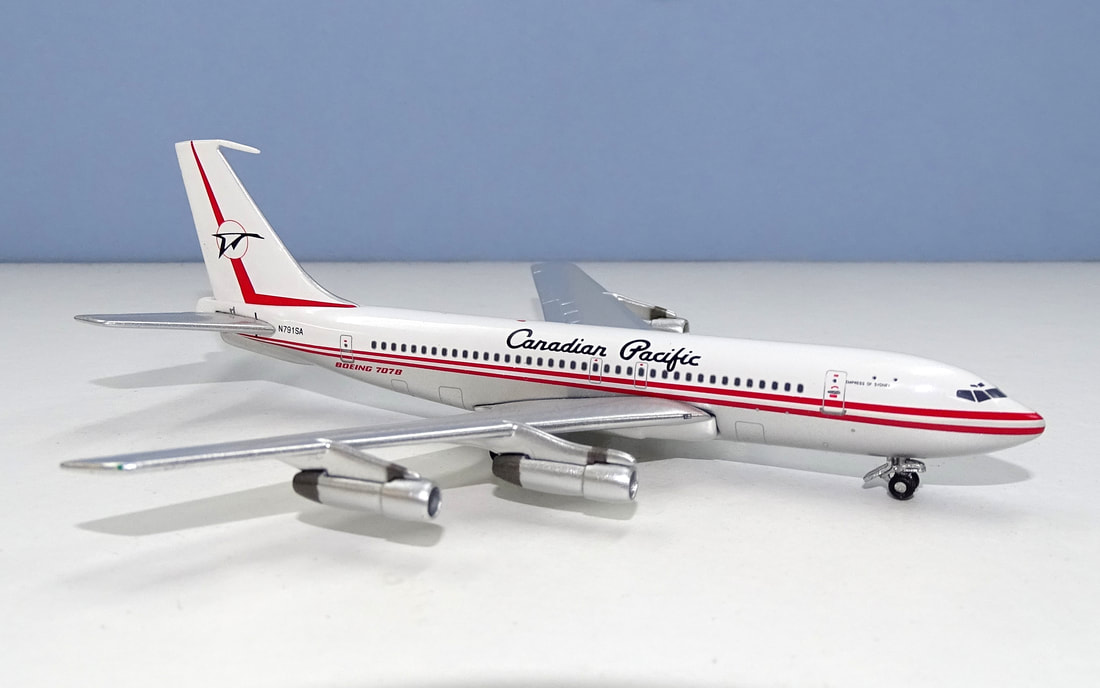
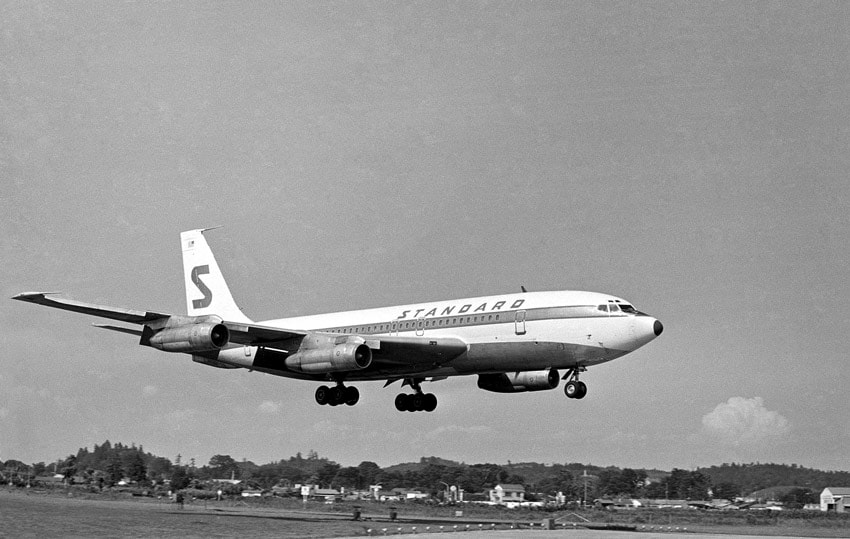
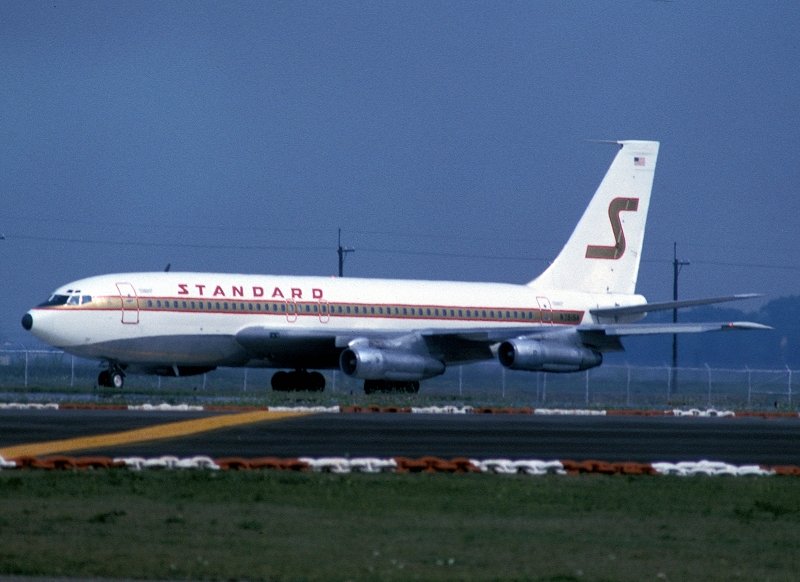

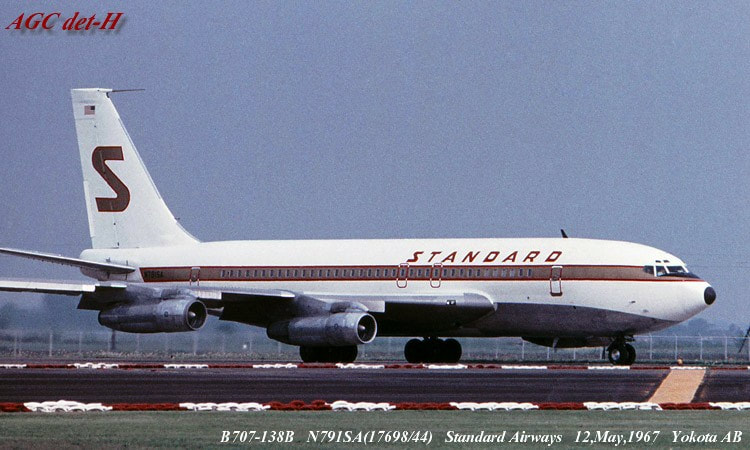
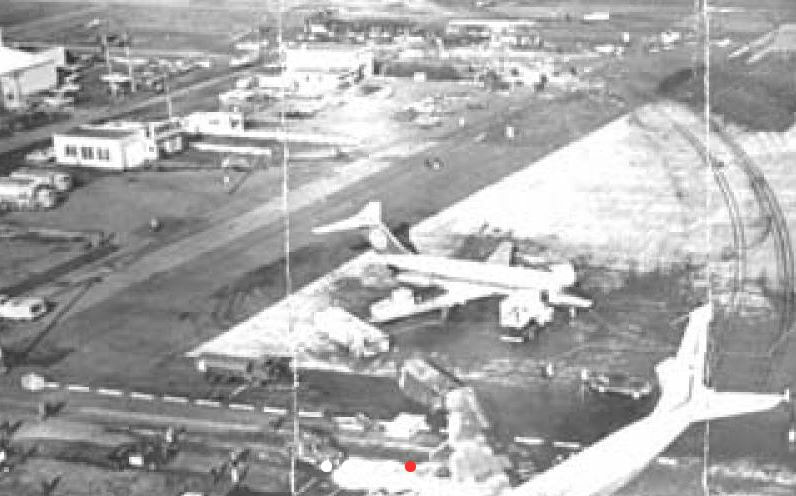

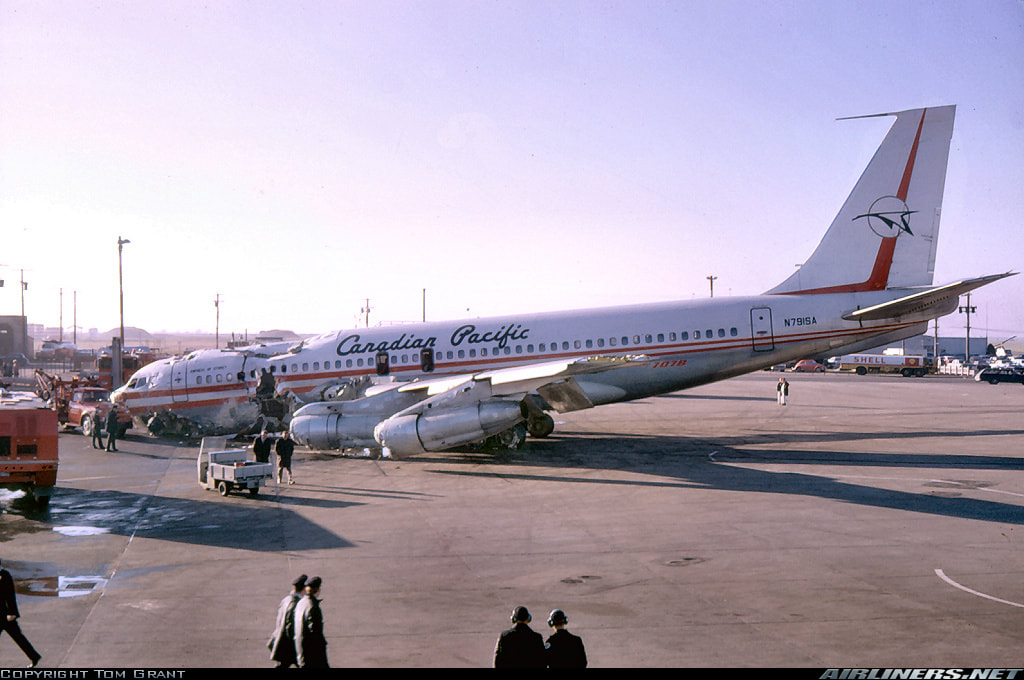
 RSS Feed
RSS Feed